Top Power BI Tips for 2023

Here are our top Power BI tips for 2023 Highlighting our top 5 Power BI tips for 2023 based on popularity Our most popular Power BI tip this year Show values in Rows in Power BI How to show values in rows in the matrix visual in Power BI. a step-by-step guide to change […]
Power BI KPIs
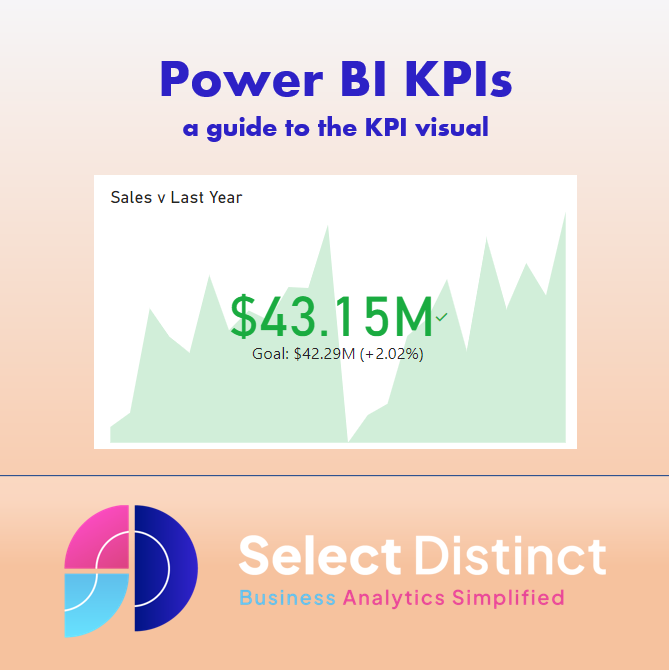
Power BI KPIs – an overview Power BI KPIs can be a very powerful way to draw attention to specific key performance indicators What is a KPI? a KPI (Key Performance Indicator) is a way to measure performance against a target. These targets can be financial, strategic, operational or simply functional. The important point is […]
How to Append Data in Power Query: A Step-by-Step Guide
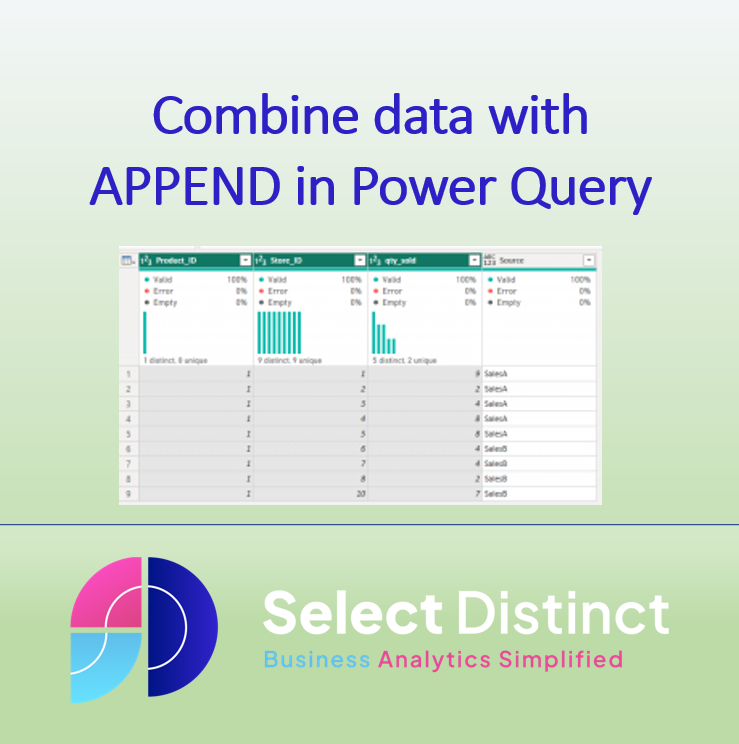
Last week we looked at how to combine datasets in SQL using UNION UNION in SQL – Select Distinct This week, we are looking at using the same source data, but doing the combining in Power Query, via the transform options in Power BI It is not always possible to combine the data in SQL, […]
UNION in SQL
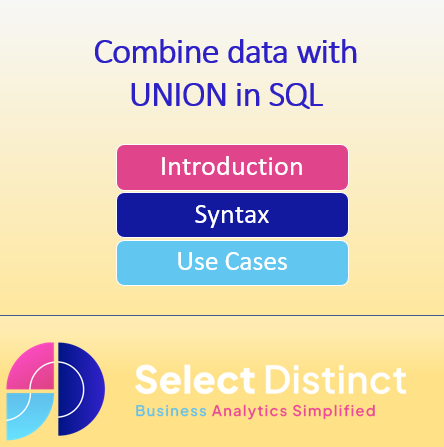
A Guide to Using UNION in SQL: Combining and Manipulating Data Introduction: Understanding the Purpose and Functionality of UNION in SQL The SQL UNION operator allows us to merge the results of two or more SELECT statements into a single result set. It performs a set operation by combining rows from different tables based on […]
Joins in SQL
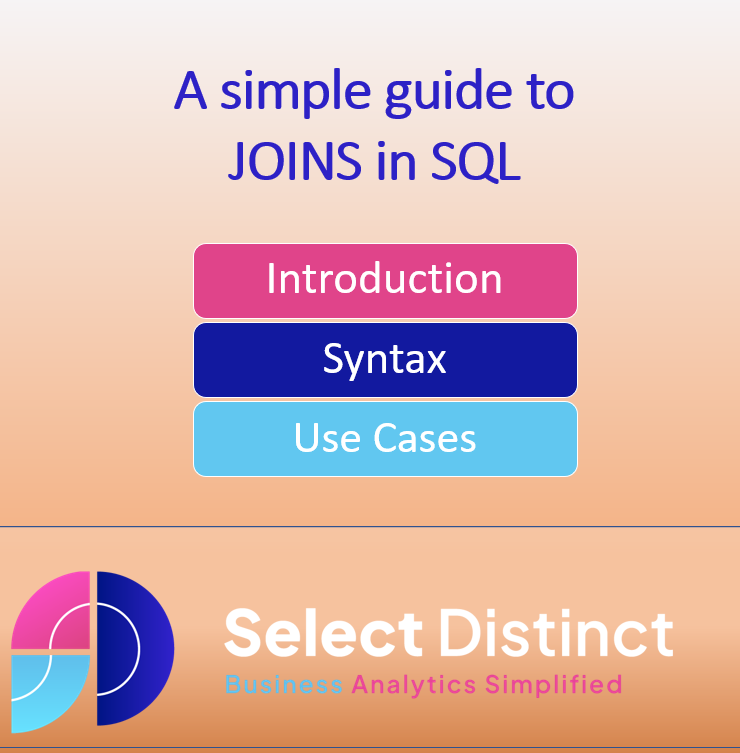
Joins in SQL: A simplified guide Introduction to joins in SQL This guide is aimed at explaining in simple terms the different types of joins between tables in SQL We use simplified real life examples combining data from Products, Stores, Sales and Inventory What we will not do unlike other guides we have seen is […]
Automatically reformat SQL
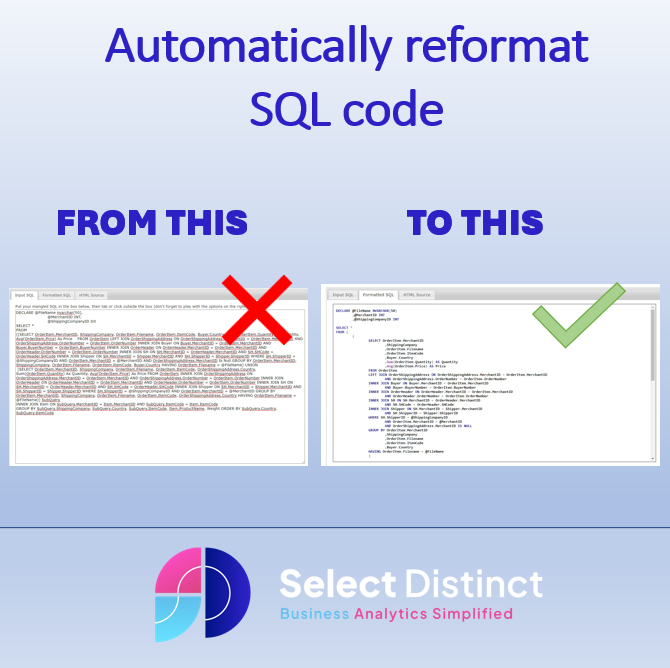
Automatically format SQL with this great free tool At Select Distinct we love to share tips and timesavers to help you become more efficient, and when we find great tools we love to share this knowledge (We have no affiliation to this product or site and get no commercial benefit from it) We found this […]
How to use Custom Formats in Power BI
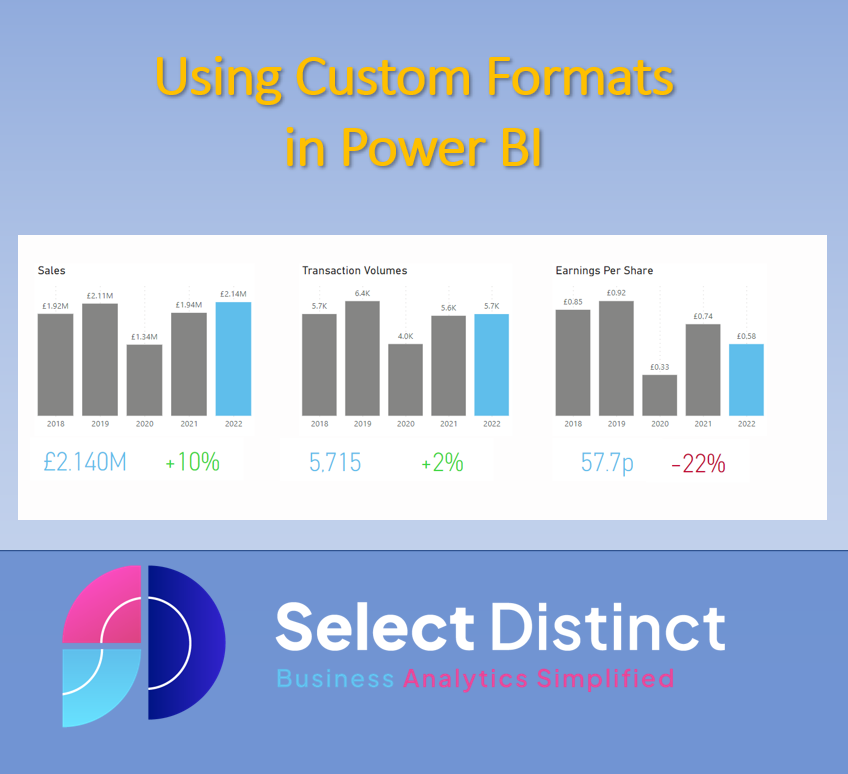
Custom Formats in Power BI allow you to create your own specific formats so that you are not limited to the pre-defined options that come as defaults Some organisations have specific standards for things such as date formats, these can be catered for using custom formats For example if you want your date formats to […]
Debugging Joins in SQL

Debugging Joins in SQL Joining tables is a powerful feature in SQL that allows you to combine data from multiple tables into a single result set. However, it can sometimes be challenging to get the desired output when working with joins. In this blog post, we will discuss some common issues that arise when debugging […]
TOP N in Power BI
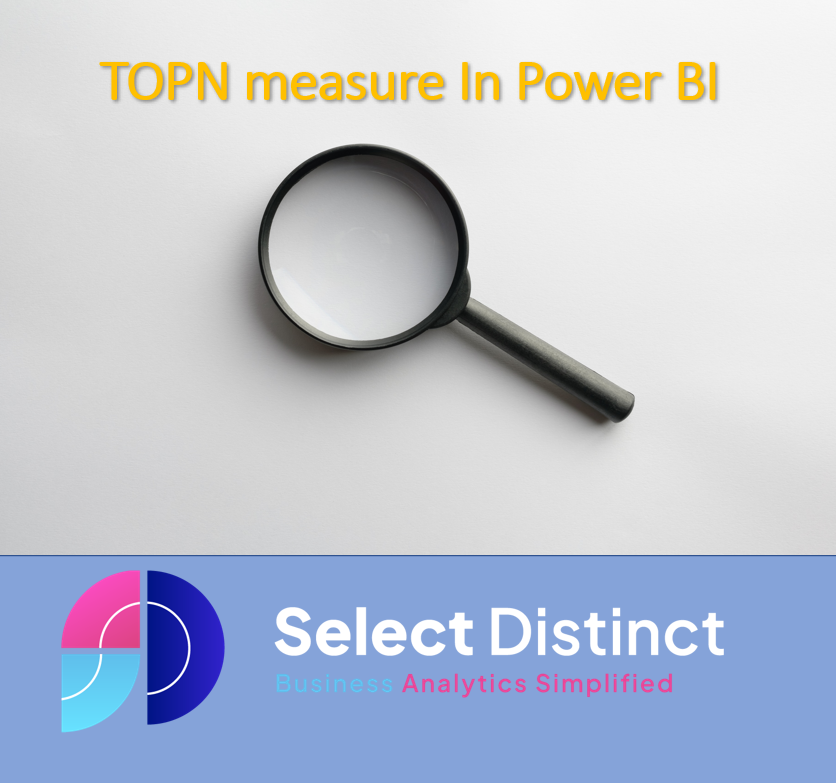
Understanding TOP N in Power BI You have heard of the 80:20 rule (Pareto)? In the world of data analysis, having the ability to efficiently rank and prioritize information is crucial. This is where the TOP N function in Power BI comes into play. By utilizing this powerful ranking function, analysts and data professionals can […]
SQL Coalesce Function
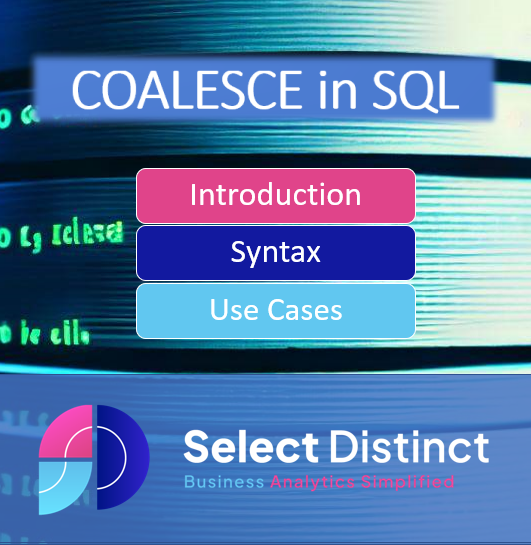
An Introduction to the SQL COALESCE function The SQL COALESCE function is a simple, efficient function to handle NULL values in your SQL queries This quick guide shows you how it works, how it compares to using some alternative approaches and common use cases The SQL COALESCE function returns the first non-null value in a […]

